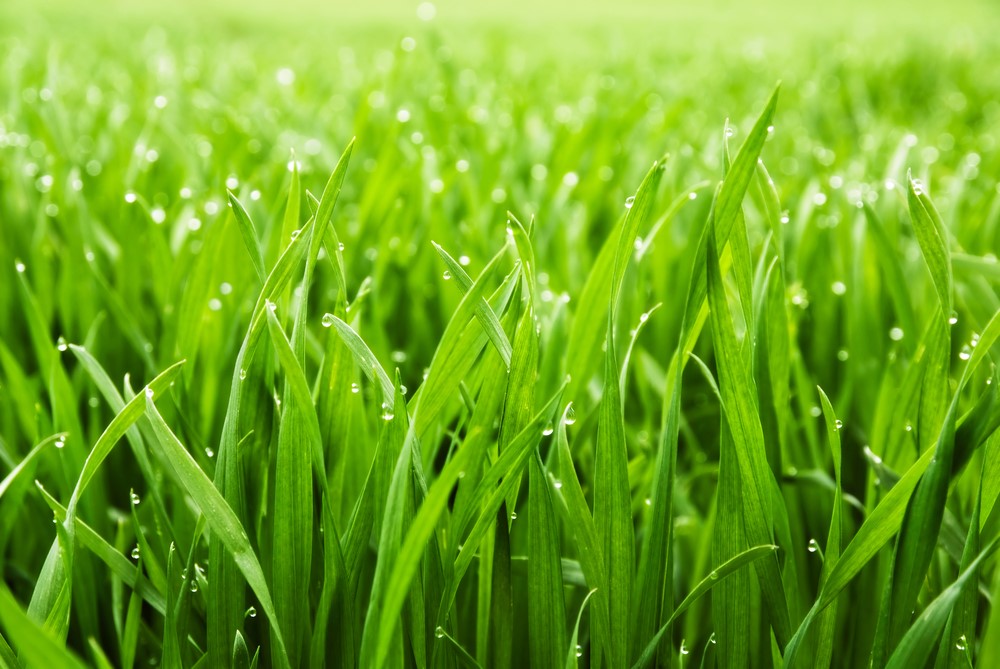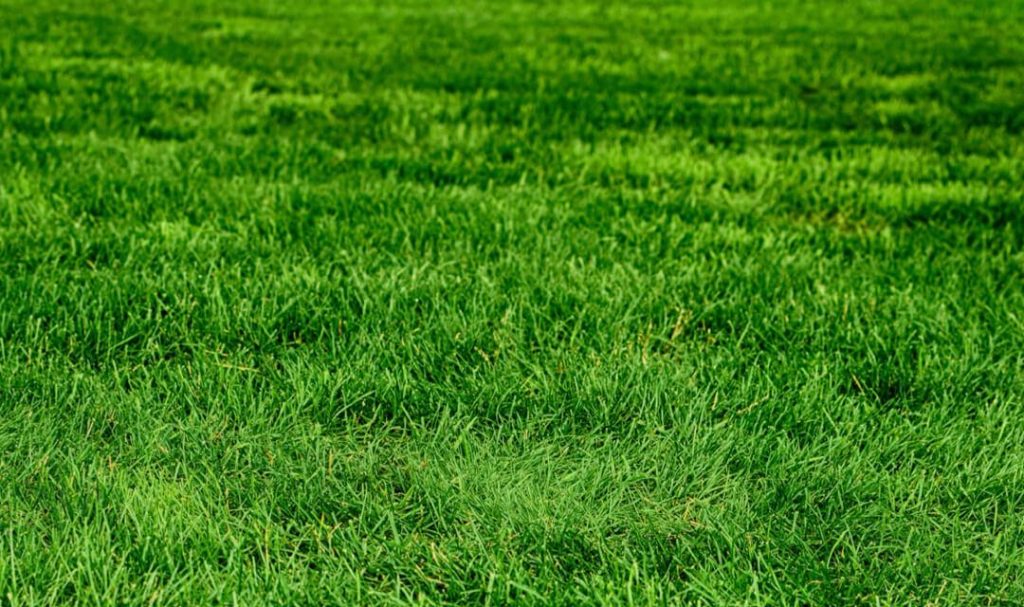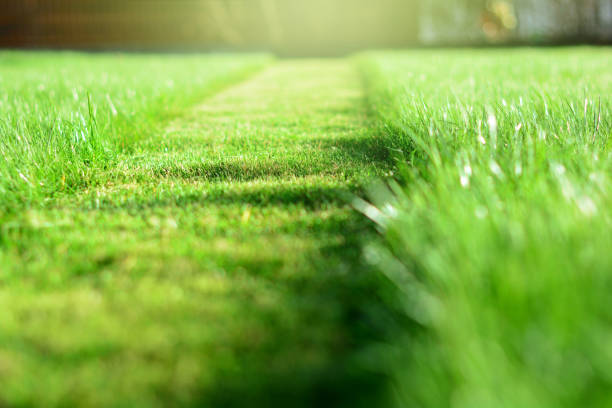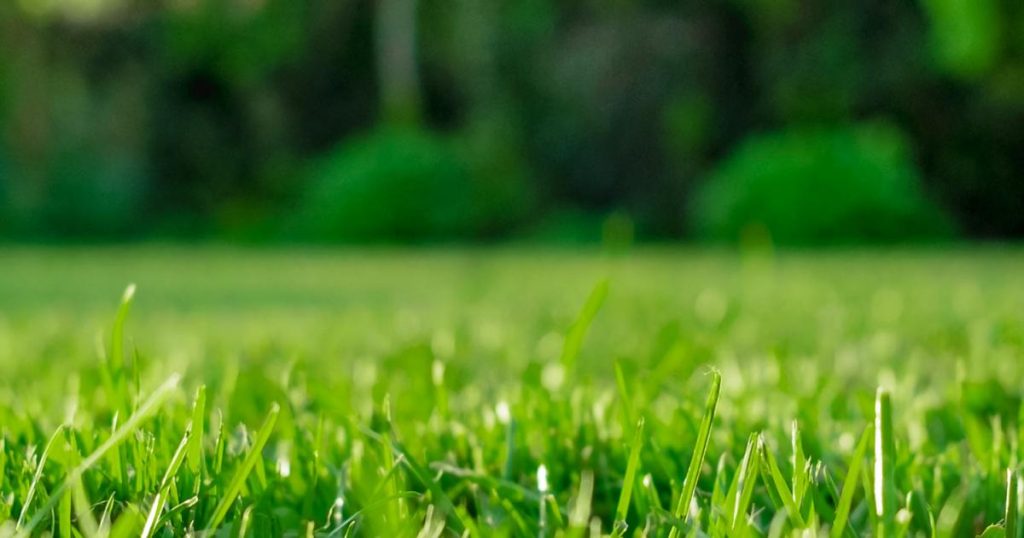Close-up View of Bermuda Grass from Various Angles
Tired of looking at your uninteresting lawn? Growing Bermuda grass can make your yard look more lush and verdant. You may be trying to find some close-up pictures of Bermuda grass like many other people do before they plant it to make sure they get the real look.
Okay, I’m going to assume you already know today’s pick, so I won’t waste any more of your time explaining it.
Get to work, then!
Table of Contents
Close-up Images Of Bermuda Grass From Various Growing Angles, Along With Some Important Facts
Bermuda grass, in general, has a very different appearance depending on the viewpoint. Bermuda grass can be difficult to identify from a distance. As a result, we’ve included a few high-quality images of Bermuda grass up close and from different perspectives. This way, you can quickly identify them.
We also provided brief descriptions of their appearance to provide a little extra help. Okay, let’s take a look.
Image of Bermuda Grass Blade

Images of growing Bermuda grass can be found quickly on Google. However, some people enjoy showing off photos of their lawn’s baby Bermuda grass. As a result, there has been an increase in the number of questions about how Bermuda grass looks like when it first sprouts.
We’ve included an image of young Bermuda grass just emerging here. They’re very light in color, and their foliage is lush and delicate. Make sure the soil is always moist for them, especially when they first start to sprout. Don’t stop watering daily, but try to avoid making it muddy.
Bermuda Grass Turf Surface Texture

Here’s a close-up of Bermuda grass’s surface texture on the turf. Your lawn grass isn’t going to be exactly the same as the turf field grass, of course. Because of the dust on the leaves, it will appear slightly purple-brown. Thus, it lacks the bright, uniform green of a typical lawn. Take a look at the image below; they may not be very tall, but they sure seem to be growing.
Brightly-Green Mowed Grass In The Springtime
Grass

Now, let’s take a look at some Bermuda grass for our lawn up close. If you’ve seen the video we embedded on YouTube, you already know that Bermuda grass needs a lot of sun. The more exposure to light they have, the healthier they grow and the more vibrant their colors become.
It is important to the curb appeal of your house because it is located on your lawn. Untidy or overgrown grass is not appealing to the eye. Your unkempt lawn will require additional maintenance. Also, there are many pitfalls to avoid when caring for them.
The Best Up-Close View Of Bermuda Grass

In conclusion, here is a close-up of Bermuda grass, which you have probably seen before. However, we included it to help you better comprehend their development and make meaningful comparisons.
When they reach old age, this is their final hue. And at this stage, the leaves’ texture becomes so delicate that they begin to flutter. The leaves also highlight the lawn’s beauty and vitality by creating a unique two-tone shade.
Below is a video that will give you some insight into how to maintain them and what to avoid.
Frequently Asked Questions (FAQs)
Do crabgrasses and Bermuda grasses look and behave similarly?
It’s easy to confuse the two because of how similar they look. Still, they’re not interchangeable. Because of its softness and thinness, Bermuda grass makes for a very pleasant walking surface. Crabgrass, on the other hand, is unsightly and harsh. To add insult to injury, crabgrass is technically a weed.
Upon initial growth, how does Bermuda grass appear?
When new blades of Bermuda grass emerge, they have a color that’s not dissimilar from that of mud or soil. It is difficult to recognize them from a distance. It’s a shade between purple and brown, so you could call it that. As they mature, their color changes to a vibrant green.
What is Bermuda grass’s rate of spread?
Bermuda grass is one of the fastest-growing grasses, as Pennington asserts. The germination rate of their seeds is the highest. Once planted, they will mature in just 11 months. Seeds are the way to go if you need to grow them rapidly. The most efficient method is to grow them from seeds.
Summary
Bermuda grass is the go-to for any outdoor space, from backyard to boulevard. Furthermore to their attractiveness, they are also mild-mannered and slim. Keeping your grass alive is preferable to keeping it muddy.
Having a lawn with Bermuda grass is like walking on soft, velvety clouds. However, walking on only soil won’t improve your mood in the afternoon.
A variety of close-ups of Bermuda grass throughout its life cycle and in different lighting conditions have been added above. You can see that they are a mix of colors in their growing portrait. As they mature, the underlining effect of their leaves is particularly striking.







